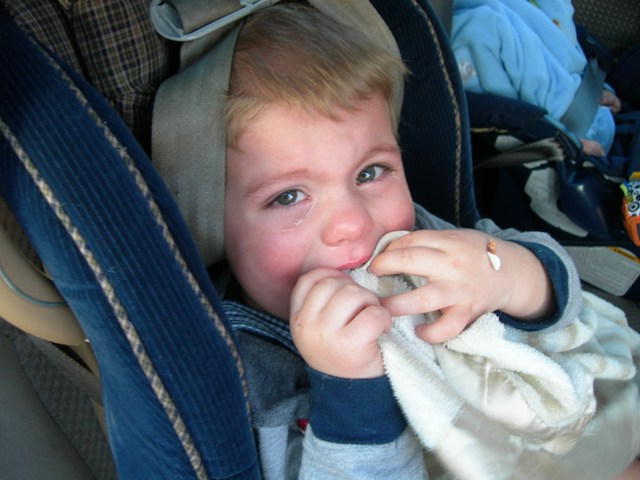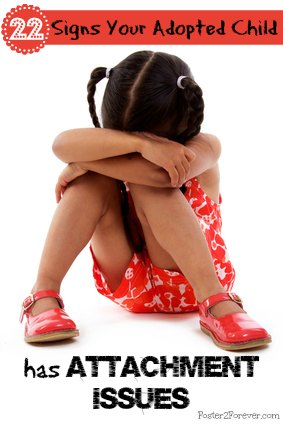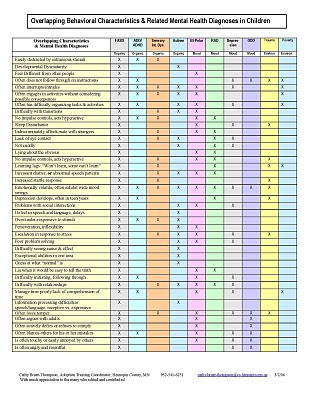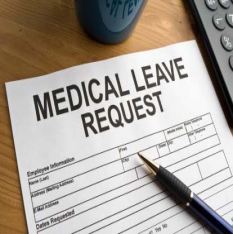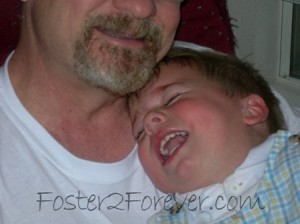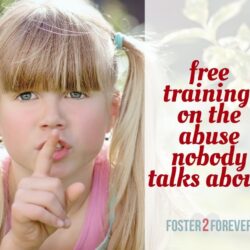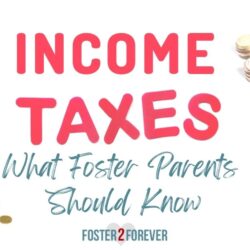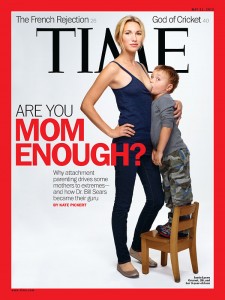 Last month, I discovered attachment parenting. I wrote about the benefits of babywearing for attachment, which is especially beneficial for our neglected and traumatized children. After my research, I felt like I missed the boat with my Stinkpot, brought to us at 8-months-old and severely neglected. I regret not “wearing” him or taking leave from work, as I am doing now. (Other aspects of attachment parenting, such as breastfeeding and co-sleeping, aren’t viable options for foster parents.)
Last month, I discovered attachment parenting. I wrote about the benefits of babywearing for attachment, which is especially beneficial for our neglected and traumatized children. After my research, I felt like I missed the boat with my Stinkpot, brought to us at 8-months-old and severely neglected. I regret not “wearing” him or taking leave from work, as I am doing now. (Other aspects of attachment parenting, such as breastfeeding and co-sleeping, aren’t viable options for foster parents.)
However, this week, Time Magazine highlighted the extreme of attachment parenting with a controversial cover photo showing a mother breastfeeding her large 3-year-old son as they both glared at the camera defiantly.
I have to agree with adoption advocate, Kristen of Rage Against the Minivan, when she wrote about Mommy Wars and the Motherless Child:
I don’t much care if you breastfed your kid until they started kindergarten, or if you fed them formula from day one. I don’t really care if you turned your infant car-seat forward-facing prior to age 2, or if you homeschool, or if you send your kids to daycare while you go to work. Do you cosleep? Did you circumcise your son? I DON’T CARE. Do you babywear? Push your kid around in a stroller? Use a leash for your kid at Disneyland? Whatever. Good for you.
As long as it isn’t abusive or neglectful, how someone chooses to parent their child is really none of my business. To each his own!
However, after watching this interview on the Today Show, I began to think about our future generation, and my own struggles to parent a difficult child. Is attachment parenting really that great for our kids?
Did you notice in the interview that the mom stopped during the nationally-televised live broadcast to address her son’s whining? Whoa! Is that how we should parent our children? Stopping our world to deal with our children’s demands whenever they wish?
I struggle with parenting a difficult, demanding 4-year-old child. He interrupts and throws fits. He demands that I watch him play and even go to the potty. I want him to overcome his issues with abandonment through attachment, yet I do want my child to become a self-reliant adult.
My biggest problem with the concept of attachment parenting (excluding the babywearing which I regret not doing) is that a child may learn that the world revolves around him. And this is difficult for me since my little one didn’t have his very basic needs met as an infant. My poor baby would cry out to the world in pain from a wet diaper that would hurt his bottom covered with sores from a diaper rash – and nobody came to comfort or change him. (My heart aches as I write this.)
I want my Stinkpot to know that he will get his needs met. He will have something to eat when he is hungry, but he has to learn that it won’t be cheesy chips or honey buns. Throwing a fit won’t change that.
As parents, we have to teach our children to soothe themselves and delay their immediate gratification if they are going to become self-sufficient adults. Lessons such as learning to not spend money as soon as they get it and save for a car, etc. Due to his ADHD, my Stinkpot struggles with impulsiveness. I want to teach him about delaying his immediate gratification for something bigger. And it’s a tough lesson to teach to any child, much less one with a disability.
As my Stinkpot begins school, he is learning that he has to be a part of a class which more than himself. A tough lesson for him.
Parenting is tough. And there is no one right way to do it. As parents, we have to just do the best we can and learn as we go along. That’s why it’s called the journey of motherhood.

